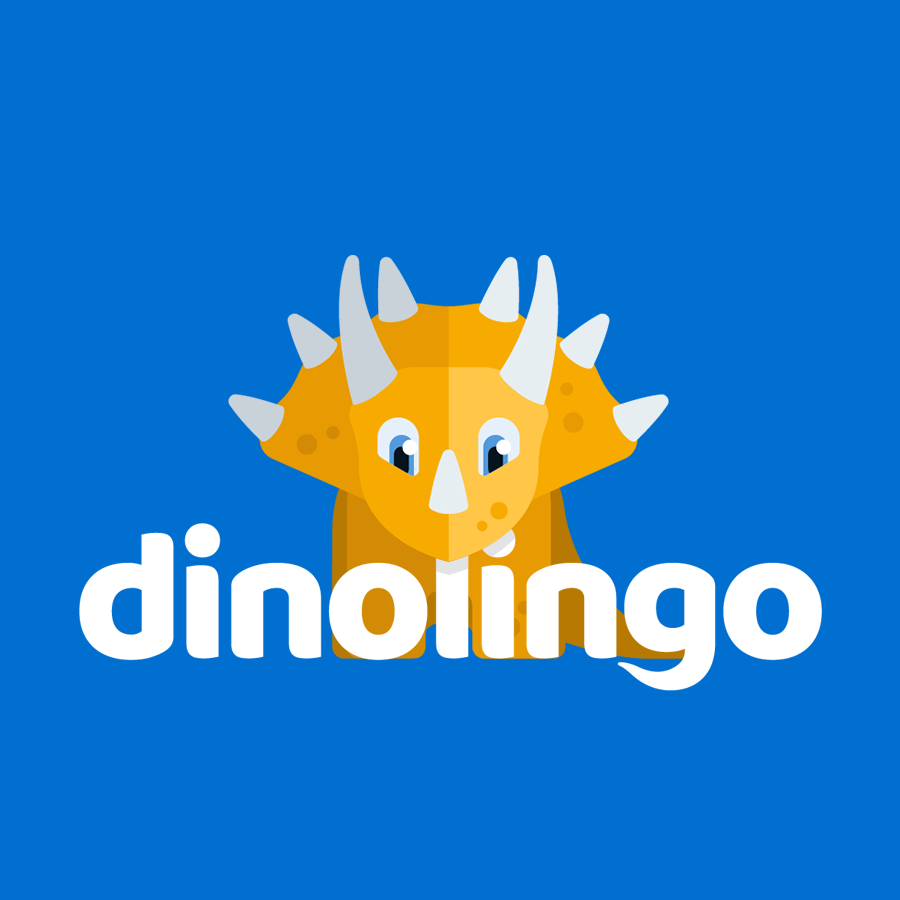Denmark, officially named the Kingdom of Denmark, is a country in Northern Europe located the furthest south of the Scandinavian countries. It is also the smallest Scandinavian country with about 5,500,000 people. Most of these people are Danish descent. Less than 10% (that is 1 out of 10 people) are immigrants or descendants from immigrants from South Asia or the Middle East.
Denmark borders the North Sea to the west, the Baltic Sea to the east and it is connected to Germany by land. This is the only part of the country that is not an island. The country includes the Faroe Islands in the Atlantic Ocean and Greenland in North America. There are 76 islands that people live on and many other tiny islands where no one lives. The capital is Copenhagen located on the island of Sealand. There are over 1,650,000 people who live in this city.
The country is very flat. There are many small hills and forests. The area has lots of creeks and lakes. Mostly the land is farmland (2/3 of the country). Because the land is so flat, cycling is very popular. 2/3 of the population lived in rural areas away from cities at the end of the nineteenth century. Today, only 15% of the people live in rural areas.
The weather is quite windy and rainy. The winter temperatures are not that cold and there are only a few weeks of snow. In most winters, the sea around the islands does not even freeze. The summers are very hot.
Denmark is divided into five regions that used to be counties. Every region is in charge of its own hospitals and health care. The regions are divided into municipalities called kommuner. There are 98 municipalities.
The people who live in Denmark are called Danes. The Danes speak the national language called Danish which is similar to the other Scandinavian languages of Swedish and Norwegian. Many Danish speak a foreign language besides Danish. English is a popular second language, as well as German. In the southern part of Denmark, people speak German as it is closest to Germany. On the Faroe Islands, people speak Faroese and in Greenland, people speak Inuit.
80% of the Danish people are Protestant and belong to the Church of Denmark. This is considered the National Church.
The flag of Denmark is red with a white Scandinavian cross, which represents Christianity. This flag is the oldest flag in the world still in use by a nation.
Sports, besides cycling, are very popular. The national sport is football (soccer). The Danish football team won the European World Championship in 1992 after qualifying for the championships many times. The many beaches are very popular with fishing, canoeing, kayaking and other water sports. Speedway racing is enjoyed by many people, as well as golf, tennis, badminton, handball and gymnastics.
The main source of income is manufacturing furniture, diesel engines and electrical products, along with certain foods and fish. Food products include dairy, pork and beef and barley. About ¼ of the Danish population works with farming.

Online Danish lessons for kids: dinolingo.com